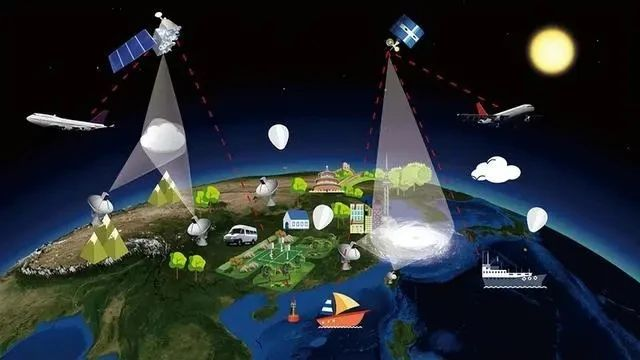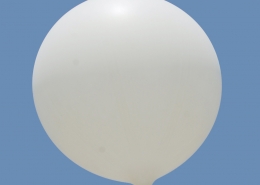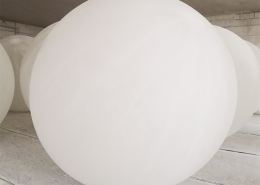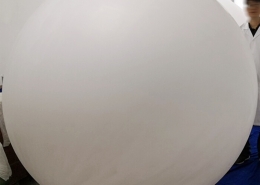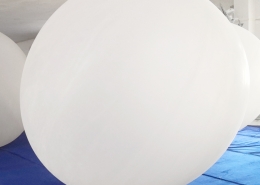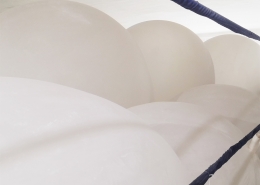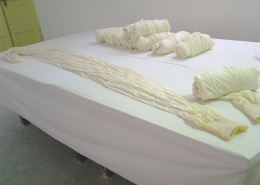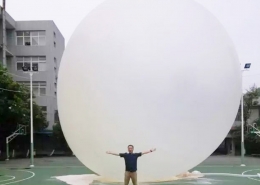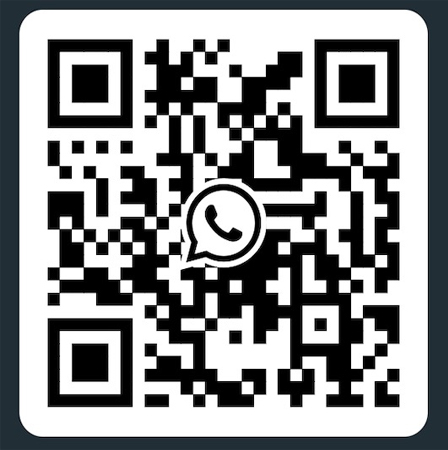support
More Accurate Data! China Initiates Comprehensive Upgrade of Meteorological Radiosonde System to BeiDou Radiosonde System
Recently, the China Meteorological Administration announced a three-year plan to comprehensively upgrade China’s meteorological radiosonde operations from the L-band radiosonde to the BeiDou Radiosonde System. By 2025, the upgrade and transition to the BeiDou Radiosonde System will be completed at 131 meteorological radiosonde stations across the country. This move will elevate the overall capabilities of meteorological radiosonde operations to an international advanced level and is considered a milestone in filling the gaps in China’s meteorological observations, supporting high-quality meteorological development.
“Releasing meteorological balloons” is an essential part of daily meteorological observations. For a long time, the majority of meteorological radiosonde stations in China have used this technology to release meteorological balloontwice a day, providing continuous and reliable direct observational data for numerical modeling, weather forecasting, and services.
However, the sparse distribution of these radiosonde stations and the 12-hour observation intervals make it difficult to capture most short-lived and rapidly developing severe convective weather events. As weather forecasting services have evolved, the spatial and temporal resolution of the data obtained from twice-daily radiosonde launches can no longer meet the requirements for forecasting and services.
The BeiDou Radiosonde System is China’s independently developed third-generation radiosonde system. It uses BeiDou satellites to determine the positions of meteorological radiosonde balloons and, through the deployment of BeiDou radiosonde stations, BeiDou radiosonde receivers, and radiosonde remote relay control stations, it acquires stable and reliable continuous data.
Compared to the second-generation L-band radiosonde system, which obtains atmospheric profile observations from one balloon release, the BeiDou Radiosonde System uses round-trip floating technology to obtain two atmospheric profile observations from one balloon release and collects stratospheric observations data for a duration of four hours, breaking the century-old high-altitude observation model.
The BeiDou Radiosonde System significantly improves the accuracy of high-altitude wind measurements, providing more precise data for numerical forecasting and weather analysis. Compared to the current L-band radiosonde operations, the system uses BeiDou navigation positioning technology, achieving international-level positioning accuracy, and reducing wind measurement errors from meters per second to fractions of a meter per second.
With the upgrade and transition, data transmission for the BeiDou Radiosonde System has also undergone a revolutionary change. By constructing a “cloud + edge” land-air IoT transmission mode and breaking through key technologies related to signal cross-regional reception and nationwide coordinated control, the system can establish seamless uplink and downlink communication links between national and station-level stations. This allows for targeted observations in key regions, enhancing the close coordination of forecasting and services.

